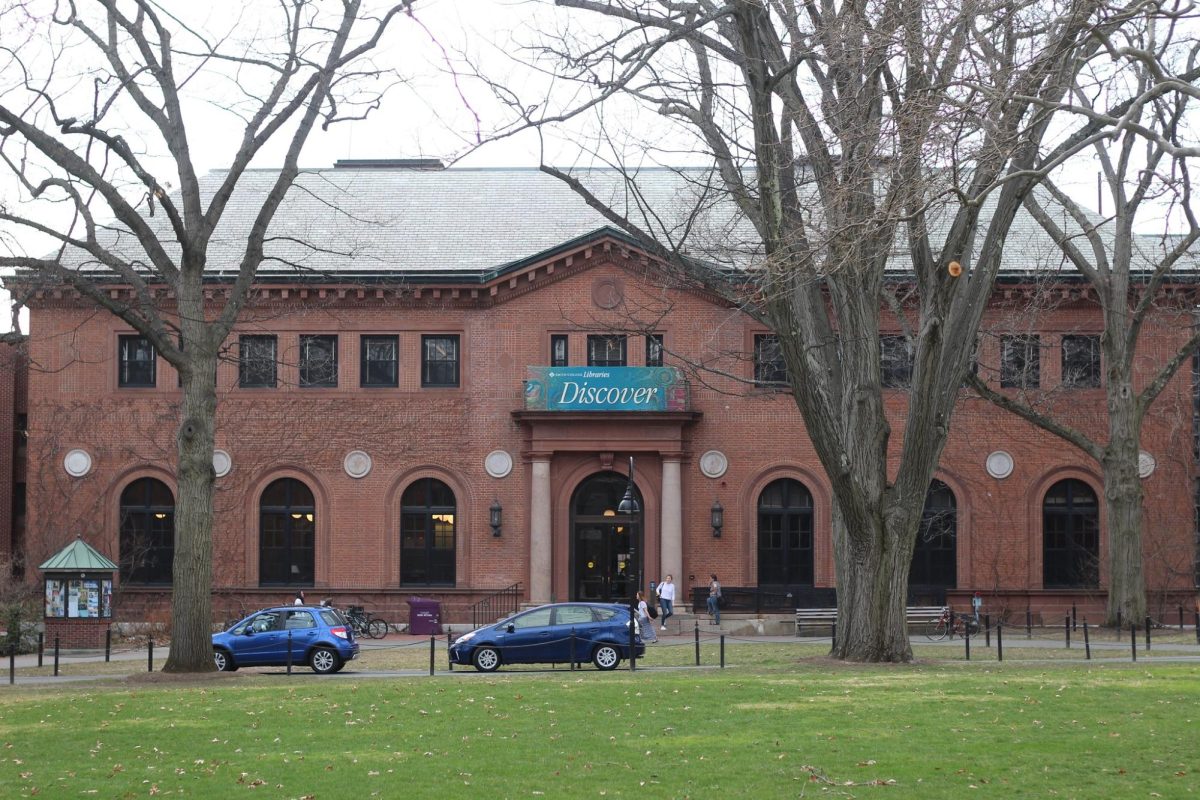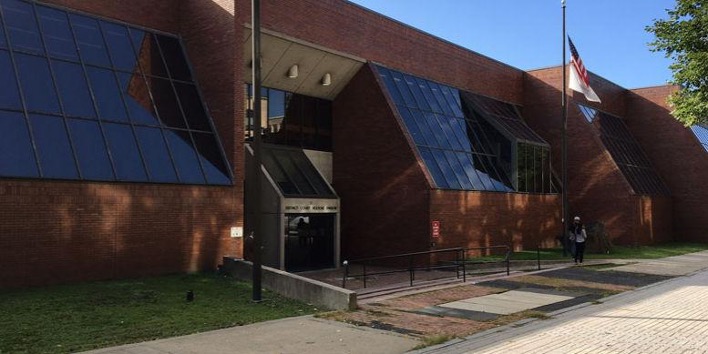
In a recent letter to University of Massachusetts Chancellor Kumble Subbaswamy and Amherst Town Manager John Musante, Co-Chairs of the Town Gown Steering Committee David Ziomek and Nancy Buffone made a number of recommendations for how to better integrate the University within the community and improve the overall desirability and affordability of living and working within the town.
The 24-member steering committee was formed in October 2013 to address shared areas of interest between the University and the town, including housing and economic development, according to the committee’s website.
“We are very much a college town,” Musante said in a recent interview. “This was an opportunity for both to look at our collective master plans and identify where they overlap and where they are not connected.”
The committee’s recommendations outlined in Ziomek and Buffone’s letter include the creation of a University-Town of Amherst Collaborative (UTAC) to oversee work on the housing and economic development efforts, as well as more exploration by UTAC of the sites identified for potential mixed-use development.
It was also suggested that the University and the town jointly pursue partnerships for addressing future development to include private investment on public property and public investment on private property
Furthermore, the letter recommended the creation of an economic development director position, as well as the creation of an “Anchor Strategy” by the University, which embraces Amherst. This would contribute to the local innovation economy through its arts and culture plans and academic research spin-offs, promote faculty and staff housing in town and create more opportunities for local restaurants.
The letter ended, saying, “Many perspectives have brought us to this point and continuing to seek out and include different perspectives will be critical for the success of this work going forward.”
According to a November report by consultants U3 Advisors, Amherst’s economic and residential grown is driven by the University, and the local housing supply is not keeping pace with demand, including student demand. Development constraints such as available land, zoning and the approval process contribute to the imbalance between UMass and Amherst.
According to the report, UMass tops the list of employers in Hampshire County with 6,397 employees. Approximately half of Amherst residents are UMass students, faculty or staff.
Objectives outlined for the University include high quality housing for as many students as possible; providing on-campus social events, particularly for underage students; a welcoming downtown; and professional, research and entrepreneurial opportunities outside the classroom.
Town objectives included creating a vibrant downtown and strong village centers; diverse and affordable housing; preserved character; neighborhoods and open space; and local employment opportunities and increased tax base.
Subbaswamy and Musante plan to meet within the next month to discuss some of the steps that will be taken moving forward. Musante said there will be a better timeline for the projects as more discussions occur.
“I was really pleased with the many areas the study of the steering committee focused on, and I think it provides an excellent framework to work with in the future,” he said.
Catherine Ferris can be reached at [email protected] and followed on Twitter @Ca_Ferris2.


















